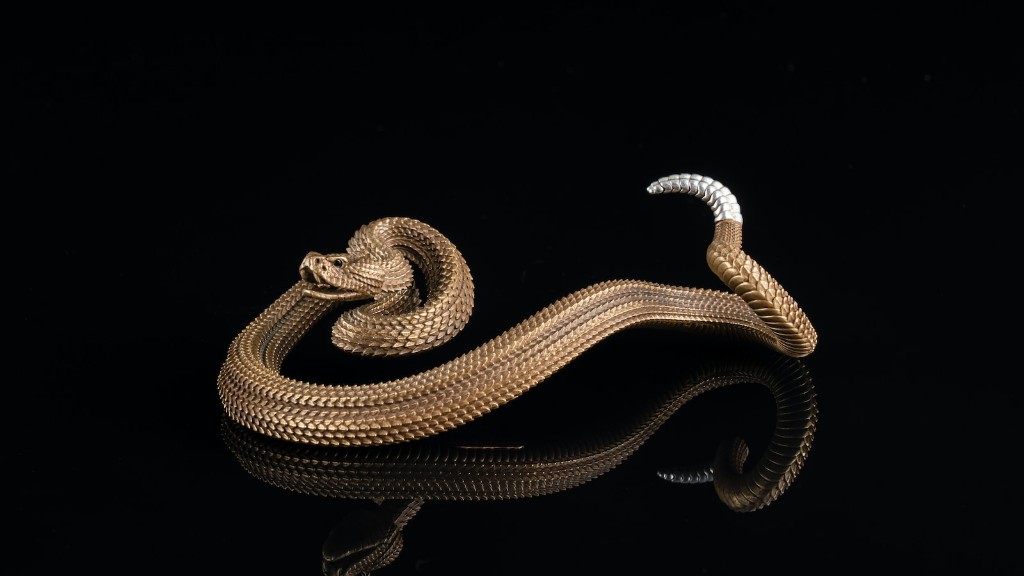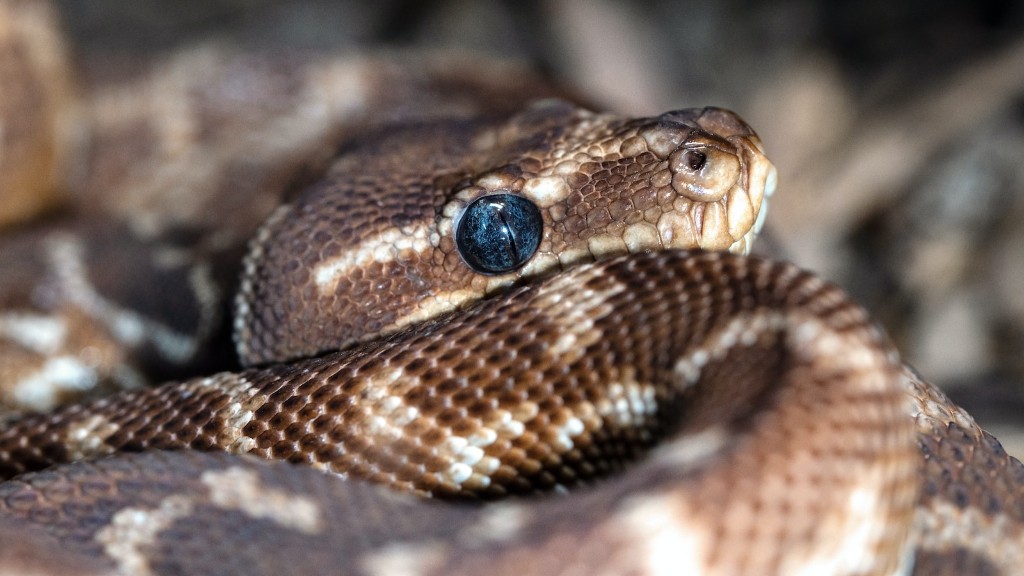Do King Snakes Simulate Rattlesnake Motions on the Defense?
Introduction:
King snakes and rattlesnakes are both fascinating reptiles that inhabit various regions around the world. One intriguing aspect of their behavior is the defensive simulation displayed by king snakes, where they imitate the motions of rattlesnakes when threatened. This article aims to explore the phenomenon of king snakes simulating rattlesnake motions as a defensive strategy. Through a comprehensive analysis of empirical research and observations, we will examine the theories and evidence surrounding this behavior.
Understanding King Snakes:
King snakes, scientifically known as Lampropeltis, are a nonvenomous species belonging to the family Colubridae. They are native to North and Central America and are known for their stunning color patterns and muscular bodies. King snakes are constrictors, meaning they overpower their prey by coiling their bodies around them.
Defensive Behavior of King Snakes:
When king snakes are threatened by predators or potential dangers, they often resort to various defensive strategies. One such strategy involves simulating the motions of rattlesnakes. Rattlesnakes, which are venomous snakes famous for their rattles, use these rattles to warn off potential threats. The theory is that king snakes may have evolved to mimic the appearance and behavior of rattlesnakes, thus effectively deterring predators.
Evidence and Observations:
Scientific research has provided compelling evidence supporting the hypothesis that king snakes simulate rattlesnake motions as a defense mechanism. Several studies have observed king snakes adopting similar body postures and movements resembling those of rattlesnakes when faced with danger. For instance, the lateral undulation displayed by rattlesnakes is replicated by king snakes, as they flatten their bodies, coil, and initiate a swaying motion.
Additionally, studies have shown that king snakes typically produce a rattling sound by shaking their tail, imitating the distinctive sound generated by rattlesnakes. This auditory illusion can further reinforce the perception of a potential danger, potentially deterring predators or even humans from approaching. The combination of visual and auditory mimicry appears to enhance the effectiveness of the defensive simulation.
The Advantages of Simulation:
Why would king snakes go to such lengths to simulate rattlesnake motions? There are several potential advantages and explanations for this intriguing behavior:
- 1. Confusion: By resembling a highly venomous and dangerous snake like the rattlesnake, king snakes may confuse predators into believing they are facing a genuine threat. This confusion can buy the king snake valuable time to escape or discourage the predator from continuing their pursuit.
- 2. Avoidance of Predators: Many predators have learned to associate the distinct appearance and behavior of rattlesnakes with potential danger. By mimicking rattlesnakes, king snakes may successfully deter predators who would otherwise prey upon them.
- 3. Defensive Advantage: The act of imitating rattlesnakes may provide king snakes with a defensive advantage by reducing the likelihood of being attacked. This behavior could have evolved as a result of natural selection, allowing those individuals who simulate rattlesnakes more effectively to survive and reproduce.
Conclusion:
In conclusion, king snakes have developed a remarkable defensive strategy by simulating rattlesnake motions when faced with danger. Through empirical evidence, such as observations of similar postures and movements as well as the production of rattling sounds, scientists have established the prevalence of this behavior among king snakes. The advantages gained from this simulation, including confusion, avoidance of predators, and a potential defensive advantage, make it a fascinating adaptation in the animal kingdom. Further research may delve into the evolutionary origins and full extent of this behavior, shedding more light on the intriguing world of reptilian defense mechanisms.


